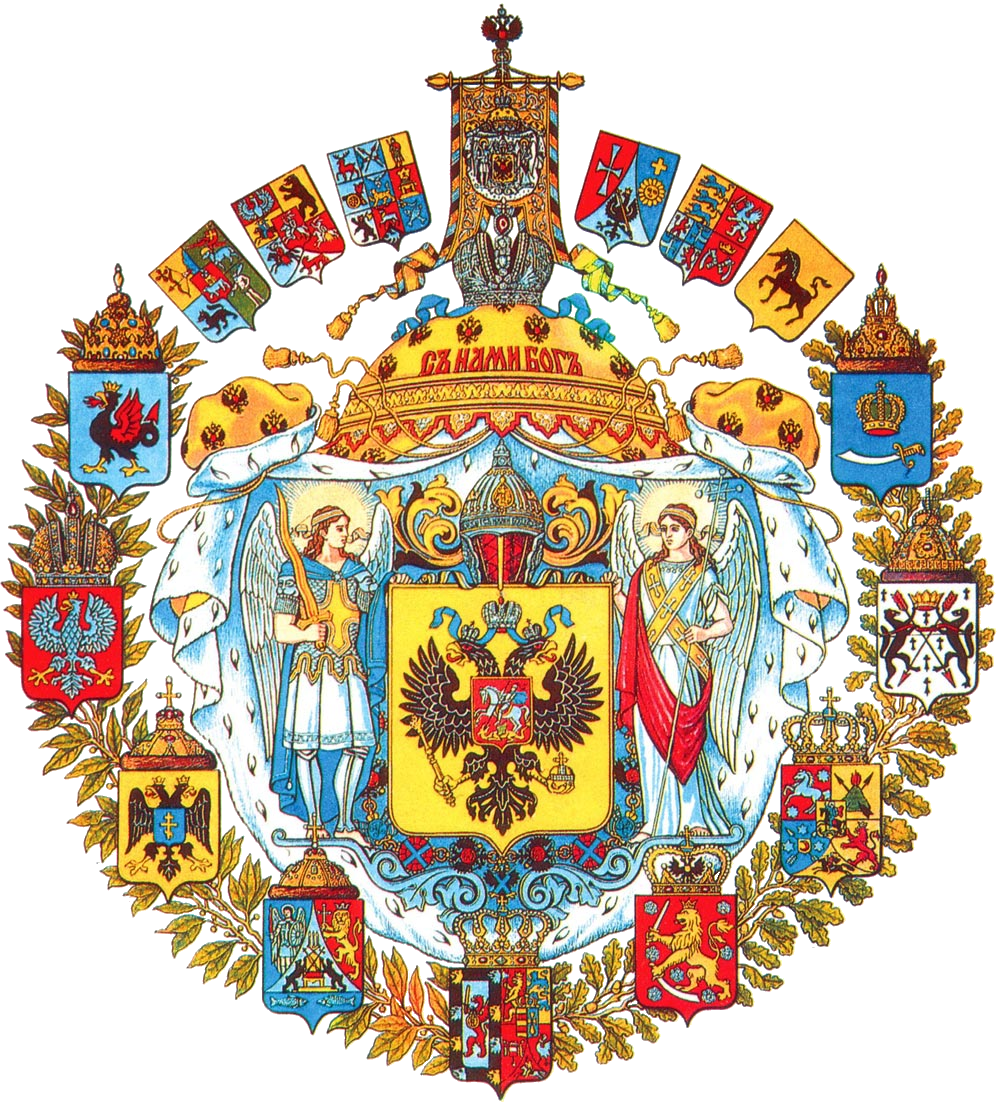Post by Bonobo on Jan 16, 2009 11:46:10 GMT 1
en.wikipedia.org/wiki/Coat_of_arms_of_Poland
The White Eagle (Polish: Orze³ Bia³y) is the national coat of arms of Poland. It is a stylized white eagle with a golden beak and talons, and wearing a golden crown, in a red shield.
Legend
The White Eagle emblem originated when Poland's legendary founder Lech saw a white eagle's nest. When he looked at the bird, a ray of sunshine from the red setting sun fell on its wings, so they appeared tipped with gold, the rest of the eagle was pure white. He was delighted and decided to settle there and placed the eagle on his emblem. He also named the place Gniezdno (currently Gniezno) from the Polish word gniazdo (nest).
This tale could be considered as an allusion to the legend of the city of Rome which was founded by Romulus and Remus. Auspicium is the ancient rite of observing birds of prey flights in order to get support of gods for future arranged actions. A less romantic version assumes that Poland adopted the emblem from the Roman Empire (like many other European countries).
Evolution

The oldest image of a white eagle was put on Boleslaw Chrobry`s coin around 1000 AD. However, some historians have doubts as they see other birds on the coin - a peathingy, pigeon, rooster.

A faithful rendition of an eagle can be seen on a later coin, from 1177, under Kazimierz Sprawiedliwy.

In 1295 the white (or silver) eagle becomes an official coat-of-arms of Piast ruling royal family. As royals represented the state, their coat-of -arms was automatically the state`s too.

1400

1500

1795, last Polish coat of arms before partitions.

During partitions only Russian tsars kept the Polish eagle on their coat-of-arms. Germans and Austrians got ridof it completely.
Russian coats of arms in 19 century. Polish eagle on the left.

02varvara.files.wordpress.com/2008/06/coa_russian_empire1.jpg

See all Polish eagles
www.akromer.republika.pl/orzel.html
The White Eagle (Polish: Orze³ Bia³y) is the national coat of arms of Poland. It is a stylized white eagle with a golden beak and talons, and wearing a golden crown, in a red shield.
Legend
The White Eagle emblem originated when Poland's legendary founder Lech saw a white eagle's nest. When he looked at the bird, a ray of sunshine from the red setting sun fell on its wings, so they appeared tipped with gold, the rest of the eagle was pure white. He was delighted and decided to settle there and placed the eagle on his emblem. He also named the place Gniezdno (currently Gniezno) from the Polish word gniazdo (nest).
This tale could be considered as an allusion to the legend of the city of Rome which was founded by Romulus and Remus. Auspicium is the ancient rite of observing birds of prey flights in order to get support of gods for future arranged actions. A less romantic version assumes that Poland adopted the emblem from the Roman Empire (like many other European countries).
Evolution

The oldest image of a white eagle was put on Boleslaw Chrobry`s coin around 1000 AD. However, some historians have doubts as they see other birds on the coin - a peathingy, pigeon, rooster.

A faithful rendition of an eagle can be seen on a later coin, from 1177, under Kazimierz Sprawiedliwy.

In 1295 the white (or silver) eagle becomes an official coat-of-arms of Piast ruling royal family. As royals represented the state, their coat-of -arms was automatically the state`s too.

1400

1500

1795, last Polish coat of arms before partitions.

During partitions only Russian tsars kept the Polish eagle on their coat-of-arms. Germans and Austrians got ridof it completely.
Russian coats of arms in 19 century. Polish eagle on the left.

02varvara.files.wordpress.com/2008/06/coa_russian_empire1.jpg

See all Polish eagles
www.akromer.republika.pl/orzel.html














